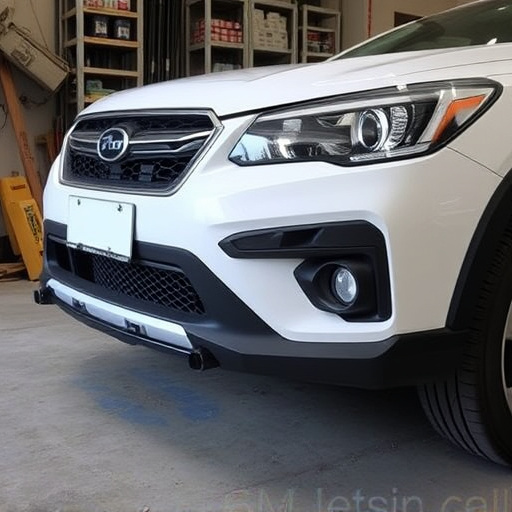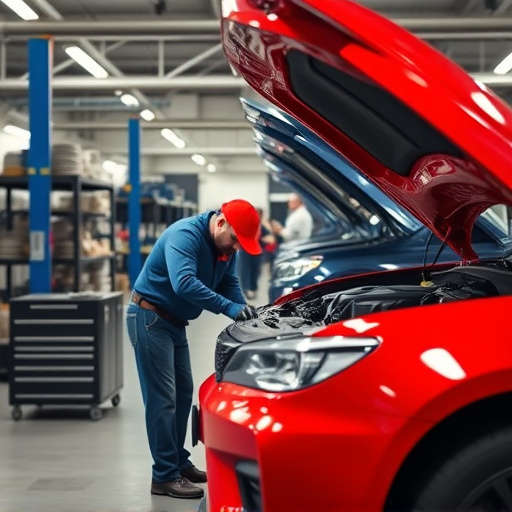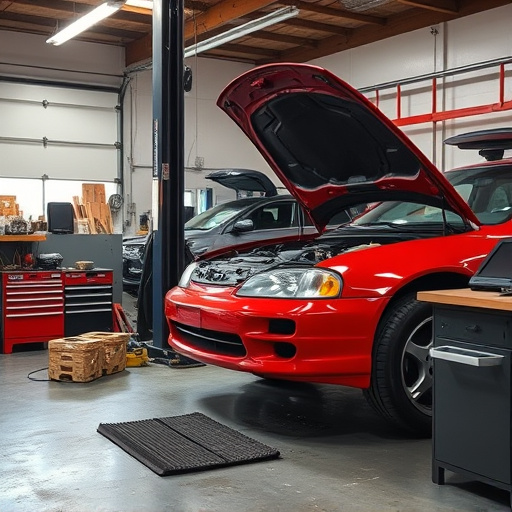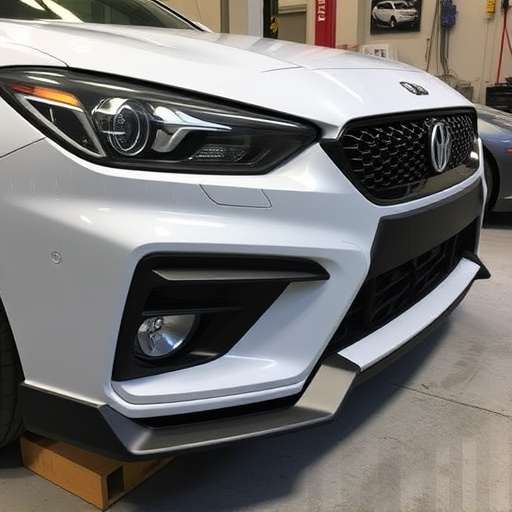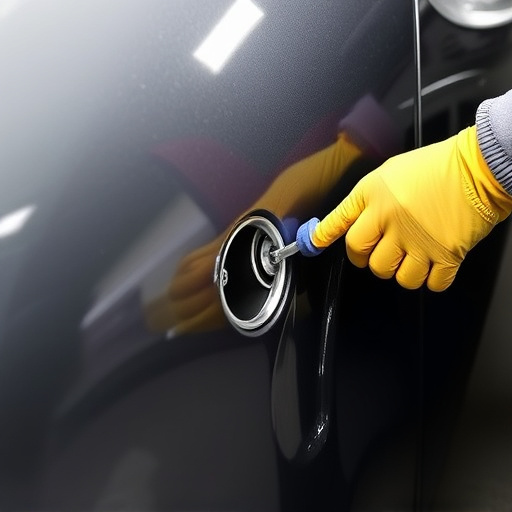Choosing a DC TIG welder for precision and control is ideal for silicon bronze welding. For professional use, a multi-process welder supports TIG, MIG, and stick welding for versatility in antique or modern automotive repairs. Proper preparation includes cleaning and drying workpieces, selecting compatible metal alloys, and carefully adjusting welder parameters like voltage, current, wire speed, and gas mixture to achieve clean, strong welds without defects.
Mastering silicon bronze welding requires a combination of the right equipment, meticulous preparation, and precise adjustments. This comprehensive guide will walk you through the essential steps to set up your welder effectively. From selecting the ideal welder for silicon bronze to fine-tuning welding parameters, ensure optimal results every time. Learn how to prepare your workpiece and filling material for consistent, high-quality welds.
- Choose the Right Welder for Silicon Bronze
- Prepare Your Workpiece and Filling Material
- Adjust Welding Parameters for Optimal Results
Choose the Right Welder for Silicon Bronze
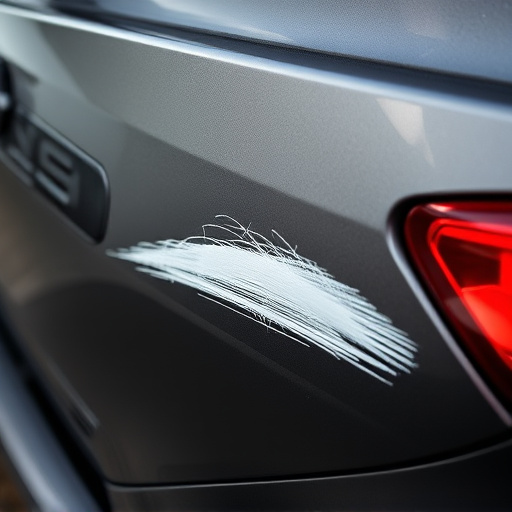
When it comes to silicon bronze welding, choosing the right welder is paramount. The ideal welder for this specific task should be capable of handling the unique properties of silicon bronze, which includes a lower melting point and a tendency to form an oxide layer during welding. A DC TIG (Tungsten Inert Gas) welder is often the best choice for silicon bronze welding due to its precision and control over heat input, allowing for clean, strong welds.
For automotive body shops or collision repair facilities specializing in silicon bronze welding, investing in a high-quality, multi-process welder that supports TIG, MIG, and stick welding can be highly beneficial. This versatility ensures that you’re equipped to handle various projects, from repairing antique vehicles with silicon bronze components to modern automotive repairs requiring precise, strong welds.
Prepare Your Workpiece and Filling Material

Before beginning silicon bronze welding, it’s crucial to prepare your workpiece and filling material. Ensure the surface is clean and free from any contaminants, as even tiny particles can impair the weld quality. This involves thorough cleaning with a suitable solvent or degreaser, followed by drying to prevent moisture interference during the welding process. For silicon bronze welding, the filling material should be chosen based on compatibility and desired properties; it often consists of a metal alloy tailored for specific applications like car dent removal or vehicle collision repair. Proper preparation guarantees a strong, durable weld in final products such as those seen in collision repair centers.
In addition to the workpiece and filler, consider factors specific to silicon bronze welding. This may include setting the welder’s temperature appropriately for the material and selecting the correct wire feed speed and voltage settings. These adjustments ensure optimal melting of the filler alloy, resulting in a high-quality weld that meets the standards expected in professional vehicle collision repair.
Adjust Welding Parameters for Optimal Results
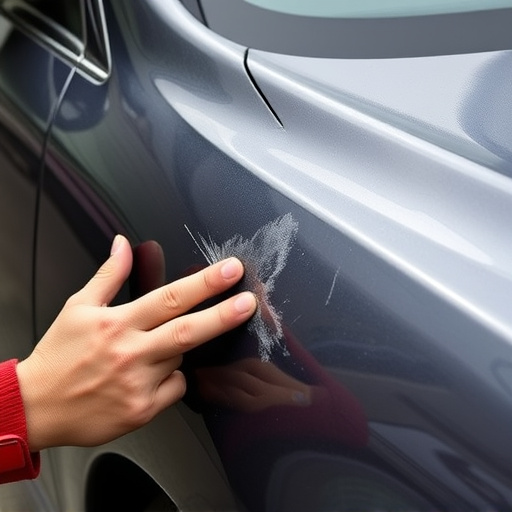
To achieve optimal results in silicon bronze welding, careful adjustment of your welder’s parameters is essential. Start by ensuring the proper voltage and current settings; for silicon bronze, a slightly higher voltage (typically between 15-20V) and lower current (around 400-500 amps) is usually recommended. This setting allows for a clean and deep penetration weld without melting the base material too quickly, which can cause porosity or other defects.
Next, pay close attention to your wire speed and gas flow. A slower wire feed rate helps maintain a steady arc and promotes better metal transfer, resulting in stronger welds. For silicon bronze welding, a moderate to slow wire speed (around 10-15 meters per minute) is often ideal. Similarly, adjust your gas mixture to achieve the right balance of oxygen and argon; generally, an argon-based mix with a slight addition of oxygen (around 3-5%) provides excellent deoxidization and helps prevent oxidation during the welding process, which is particularly important for auto glass repair or autobody repairs using silicon bronze.
Setting up your welder for silicon bronze welding involves selecting the right equipment, preparing your workpieces, and understanding how to adjust key welding parameters. By following these steps and utilizing the correct settings for your specific silicon bronze application, you’ll achieve strong, durable welds that meet your project’s unique requirements. Happy welding!

